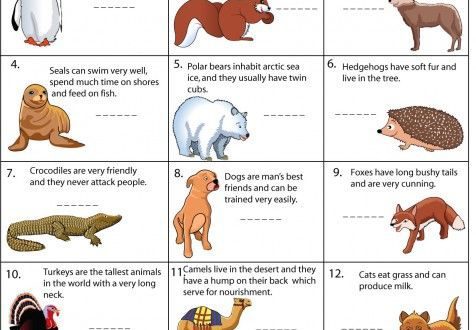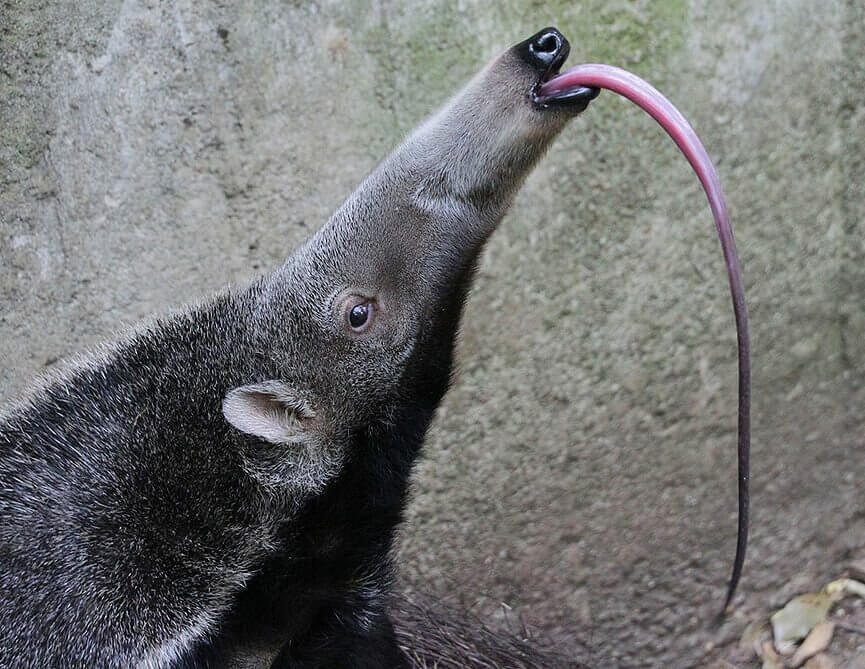
Sab saum toj 10 tus nplaig ntev tshaj plaws hauv cov noog thiab tsiaj txhu
The animal world is diverse and amazing. Each animal has unique abilities and behavior – bats, for example, using their hearing in the dark, catch insects, getting food for themselves, and bears go into “hibernation”.
As for the tongue, it is an important part of the body that takes part in the ingestion of food. But its functions do not always end there, or rather, not for everyone.
Some animals and birds use their tongue as a tool to help them get food and survive. Depending on the type of activity, this part of the body can have a different shape and size.
We decided to tell you in this compilation about the longest tongues in birds and animals in the world. It’s educational and will be of interest to everyone!
txheem
10 Nectar bat – up to 9 cm
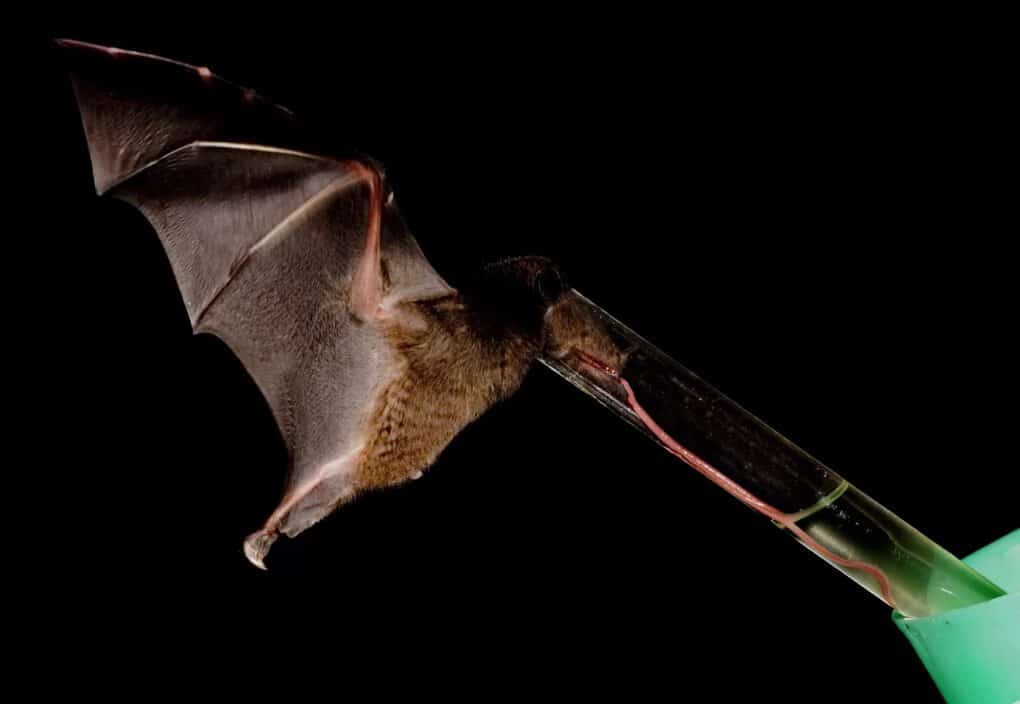
Qhov tseeb nthuav: nectar bat stubbornly did not want to show herself to biologists for many centuries, although in 2005 she was accidentally “caught”.
The mouse barely reaches a length of 5 cm, but its tongue reaches as much as 9 cm! This fact is recognized as a record for the living beings of our beautiful Earth.
Of course, such a long tongue serves a specific function – from a flower with a deep cup, a nectar bat earns its livelihood, as the name already implies – nectar.
9. Woodpecker – up to 20 cm
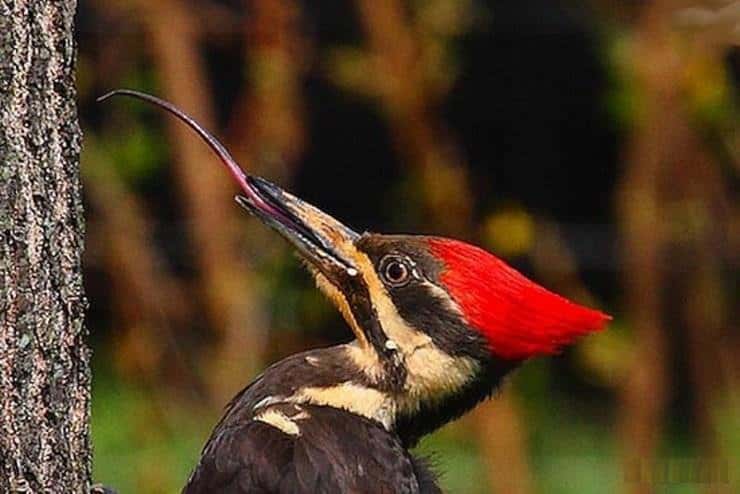
Which bird do you think has the longest tongue? It turns out that noog noog the longest tongue among birds, reaching 20 cm.
Its structure is interesting – with the help of a functional organ, the bird gets insects that live in the crevices of trees: caterpillars, beetles, etc. The bird’s beak does not exceed 5 cm, and the tongue reaches 20 cm.
Qhov tseeb nthuav: the tongue grows directly from the right nostril, the beak cannot hide it completely, so it passes under the scalp and wraps around the skull. When the woodpecker’s tongue is retracted, the hyoid apparatus is relaxed, thus forming a loop under the skin. When the muscles of the organ contract, the hyoid is pulled to the base of the skull, after which the tip of the tongue shoots far forward.
8. Australian echidna – up to 20 cm
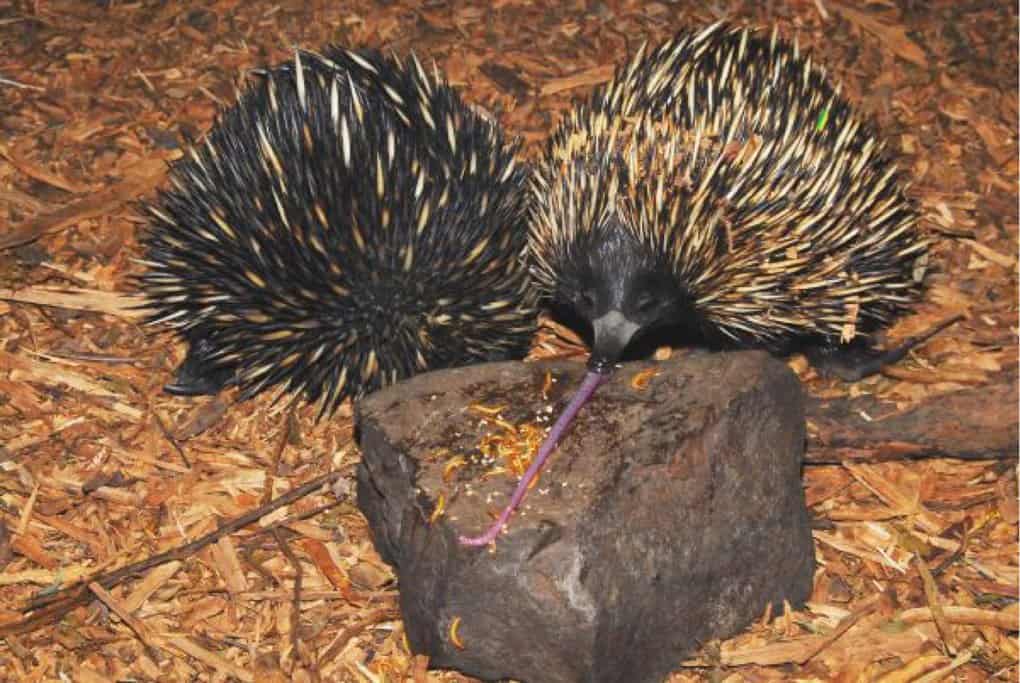
Australian bizarre echidna – a kind of creation of nature! Outwardly, the echidna can easily be confused with a hedgehog, because her body is covered with needles.
It is still not known until the end where these amazing animals came from, and questions about their life remain open. Echidna’s tongue reaches 20 cm, has a sticky surface.
By the way, the animal prefers a solitary and nocturnal lifestyle, and independently obtains its own food, prey: ants, worms, mollusks, the echidna catches with its long tongue – it sticks it out and then draws it in. Food due to its sticky surface is kept on the tongue, and then swallowed.
7. Snake – up to 25 cm
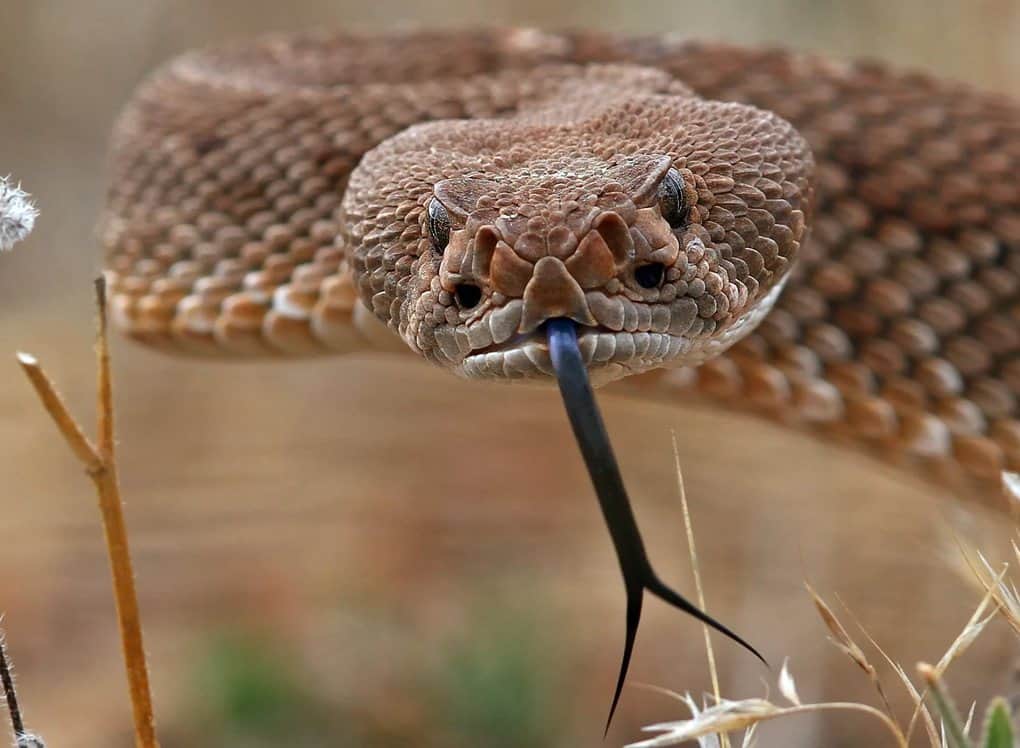
nab live on all continents, their most important sense organ is the language. It reaches 25 cm. Watching the snake, you can see that it constantly sticks out its tongue and shakes it in the air. With what it can be connected?
Scientists managed to find out that snakes do not see well and do not hear at all, and the tongue is the most important organ for them, because with the help of it the reptile maintains contact with the outside world. With them, the snake “tastes” what is nearby, catching even the smallest particles of smell. To capture smelling molecules, the tip of the snake’s tongue is forked.
Receiving information about the environment, the reptile, analyzing it, can find water, a trace of the victim or partner. For example, if a cat runs, it will leave behind a trail of smell that will hang in the air for several hours. People do not smell this smell, but snakes perfectly capture it.
Qhov tseeb nthuav: the tongue of a snake is an analogue of a cat’s whiskers.
6. nyuj
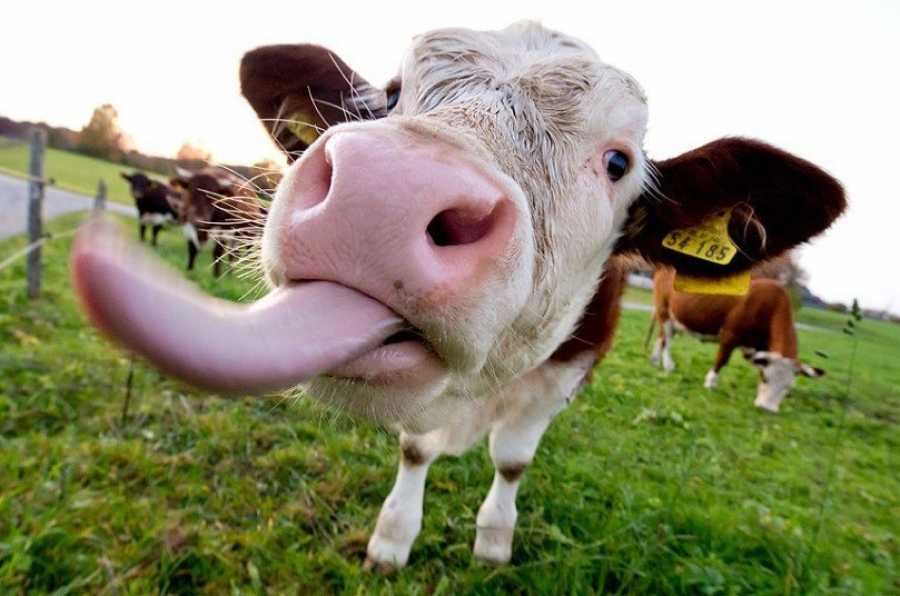
Nyuj – owners of long, wide and rough tongues. Sometimes the tongue of an animal can reach 45 cm!
Calves do not have such a long tongue, but it all depends on the breed and age. Surprisingly, a cow can reach its back with its tongue.
The long organ is designed so that the cow can grab and pluck herbaceous plants well. The animal mows the plants thanks to the incisors, which are located on the lower jaw.
Qhov tseeb nthuav: there is even a saying among the people “How a cow licked her tongue!“That is, with such a long tongue you can” get “anything.
5. Giraffe – up to 45 cm
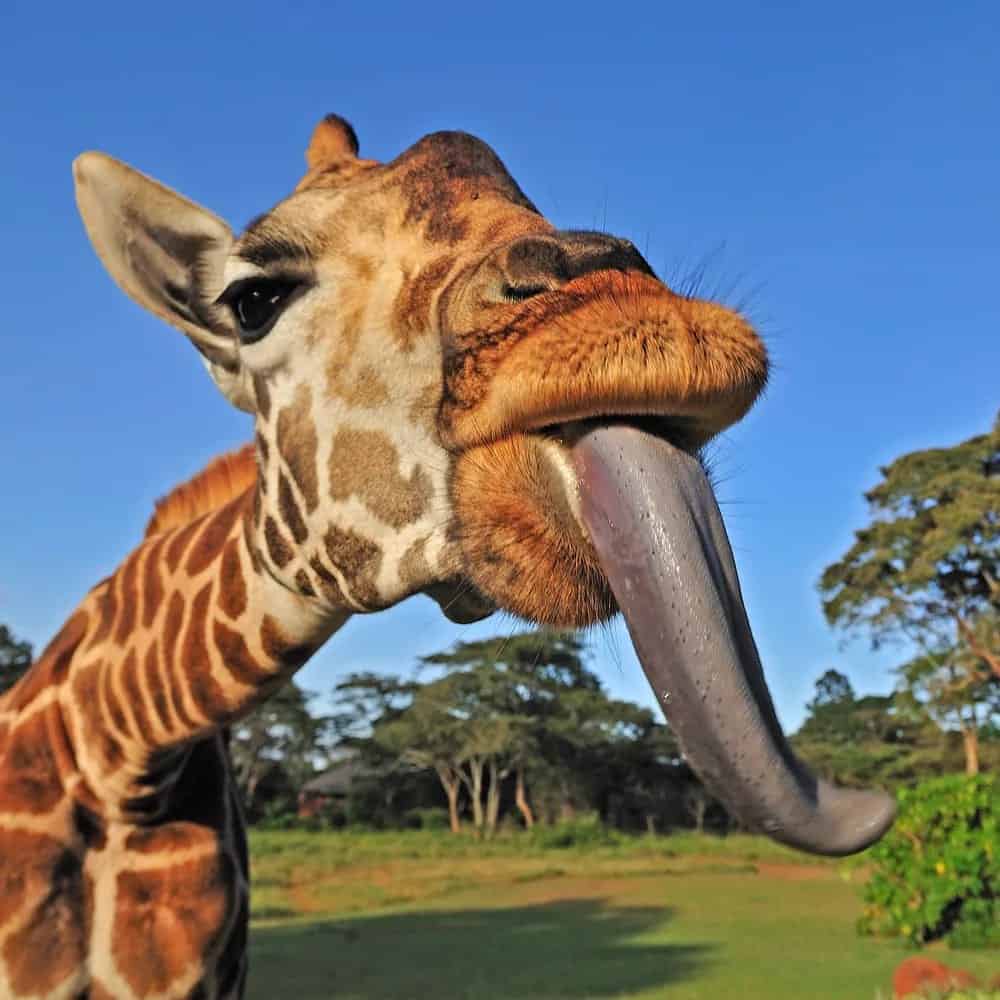
Nees caj dab ntev is a tall animal, reaching 6,1 m. But oddly enough, it is not easy for the animal with the largest growth on our beloved planet.
To reach the leaves (mainly acacia), the succulent tops of the trees, the giraffe has to stretch high, even higher than its height. And when he is at the target, he sticks out his dexterous black tongue, reaching 45 cm. It helps the giraffe to easily and quickly cut branches from the tree, and thanks to the structure of an important organ, his tongue is protected from damage and thorns.
4. Chameleon – up to 50 cm
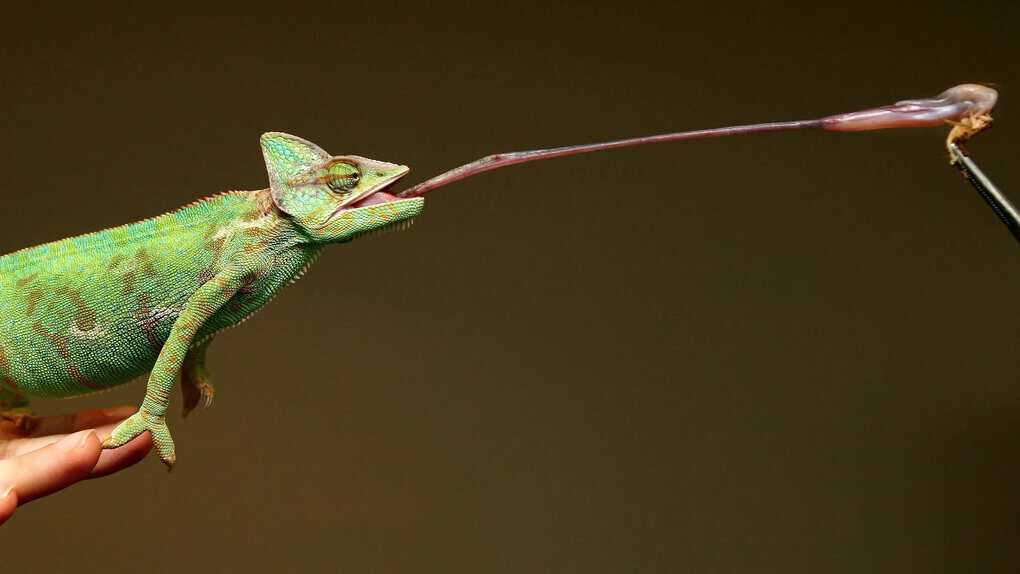
lus chameleon is his weapon. An unusual chameleon changes its color and does it quickly enough, but one more nws An interesting feature is the language. As a rule, it corresponds to the growth of a reptile, reaches 50 cm. The longer the chameleon, the longer its important organ.
The fact that his tongue is almost impossible to see is upsetting. The reptile sticks out its tongue and puts it back within a second and a half, so it can only be seen in slow motion video. With the help of a “shot” of the tongue, the lizard catches food for itself in an instant.
3. Anteater – up to 60 cm
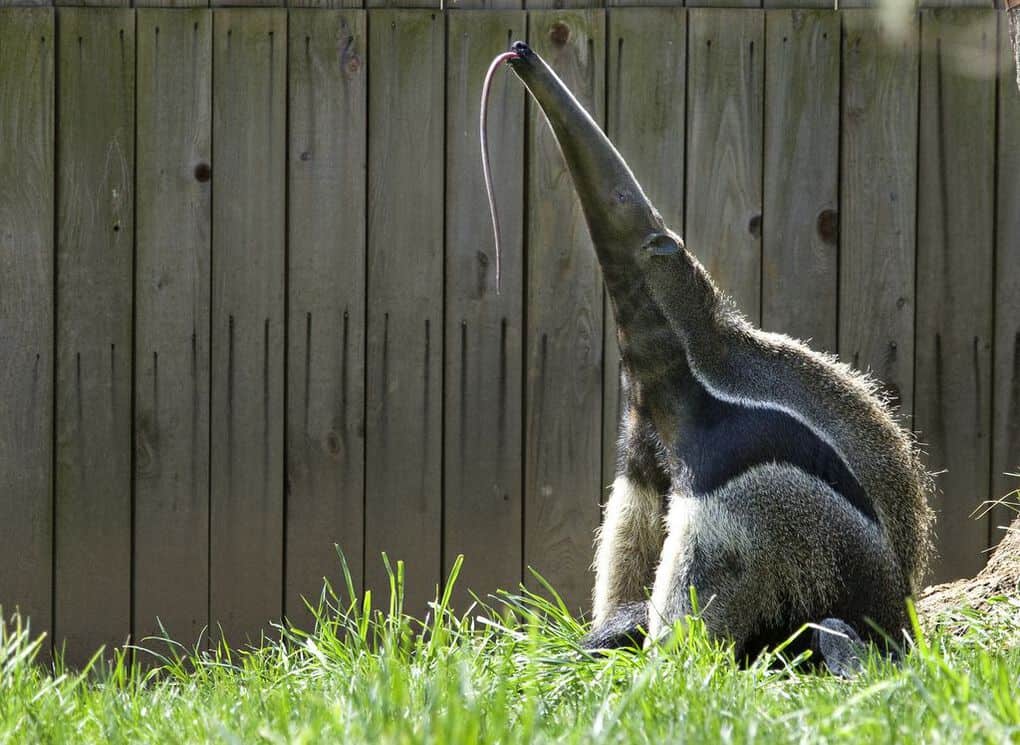
Ant-eater – this name was given to the animal due to the fact that it feeds on white ants (they are called termites).
The animal does not have teeth, but it does not need them. However, a long tongue, reaching 60 cm, is simply necessary for an anteater – because it helps the animal to get its own food. It is covered with a sticky substance that “collects” insects. The animal launches its organ into the anthill, after which it puts it back into its mouth.
Txog koj cov ntaub ntawv: the anteater has a small mouth, and the tongue resembles a worm.
2. Komodo dragon – up to 70 cm
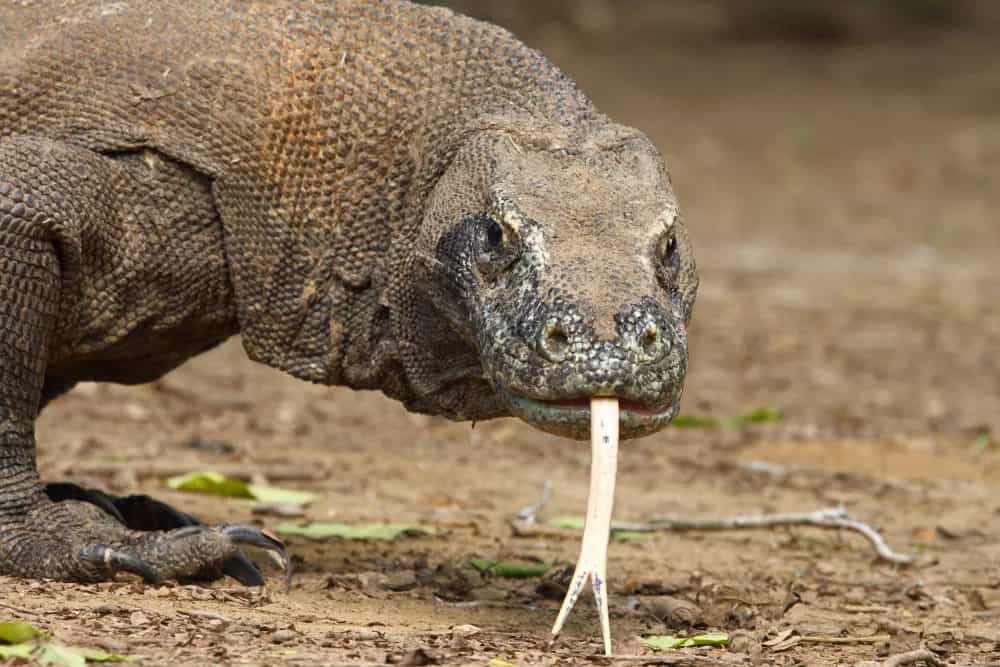
An amazing animal with a tongue 70 cm long is called komodo zaj (differently – Indonesian or giant). The lizard is the largest among reptiles, and has not only impressive dimensions, but also a long tongue.
Monitor lizards can grow up to 3 meters and weigh 70 kg (this is their average weight). The lizard may look very cute, but the Komodo monitor lizard is a predator, and besides, they have poison contained in their tongue in their arsenal.
The saliva of a monitor lizard contains decay products, so after a bite, the victim becomes infected. If a reptile bites someone, then the victim will die, because poison gets into the blood.
1. Blue whale – up to 3 m
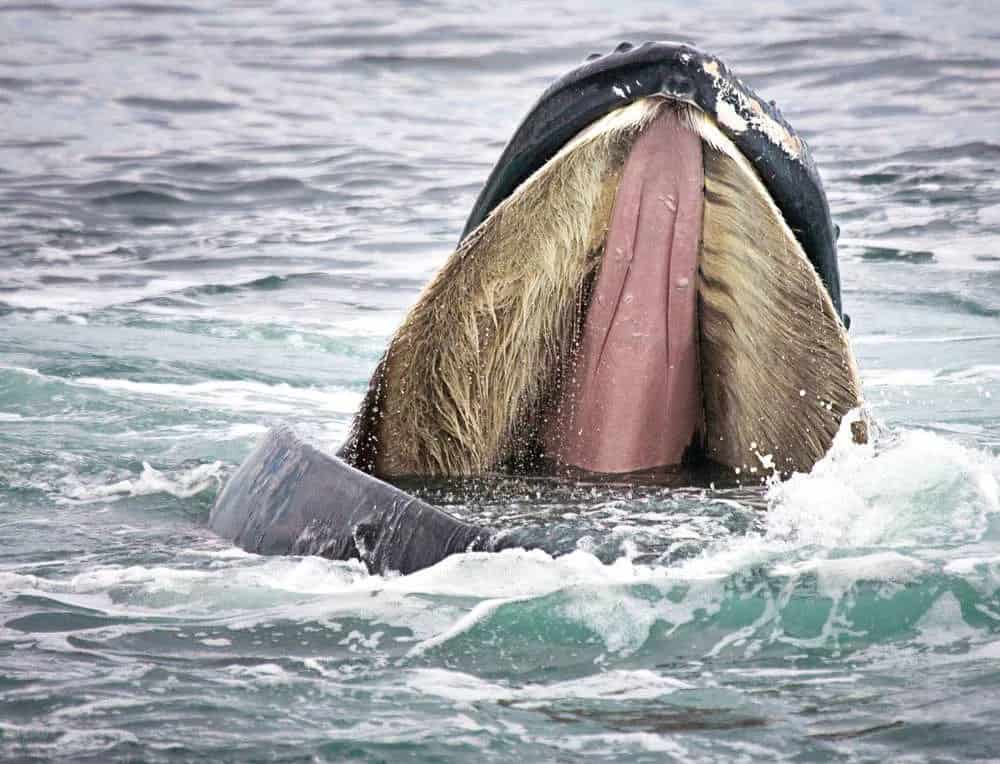
The largest language is tus ntses xiav, which weighs 3 tons and reaches 3 meters. Sometimes the weight of the tongue reaches 6 tons! The animal looks quite unusual due to its characteristic appearance – on the lower part of the head, the whale has longitudinal stripes that continue on the belly and throat.
Note that 3 meters is not the length of the tongue, but the width, because the organ is a piston, the main task of which is to filter the shrimp that enter its mouth along with water.
The blue whale is the largest marine animal on the planet known to mankind, with an average weight of 150 tons.



